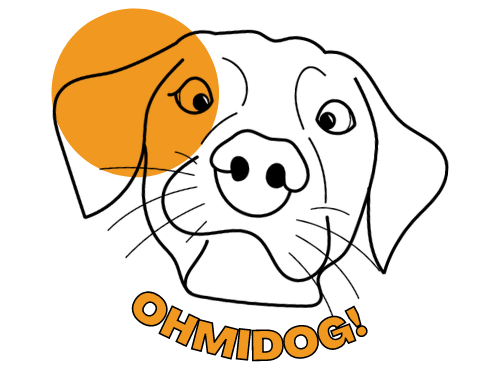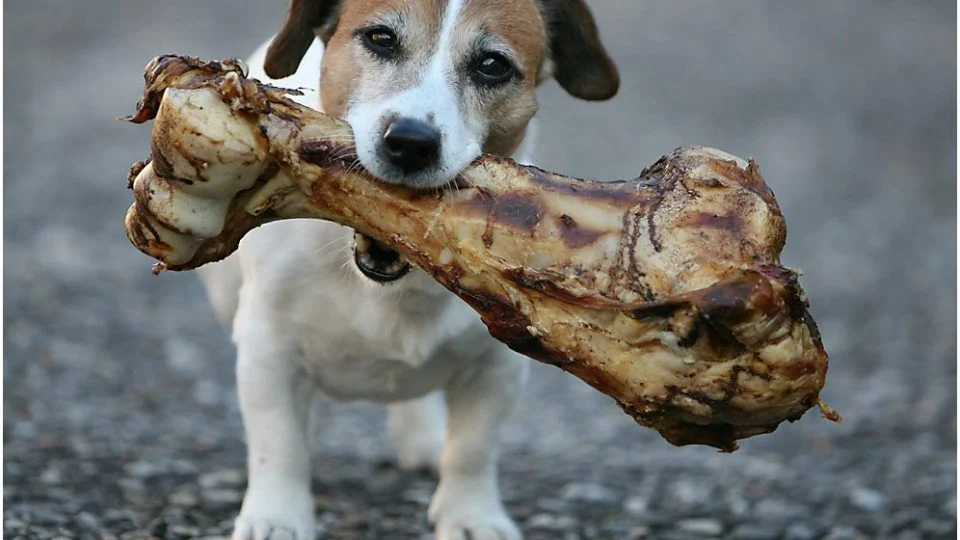Giving your dog a bone — any bone — is a dangerous practice that can cause serious injury to your pet, the Food and Drug Administration says.
It’s not like they’re recalling bones, but the agency has issued a warning in an article appearing on the FDA’s online Consumer Updates page.
However popular the idea may be that it’s natural for dogs to chew on bones, the tradition — knick-knack paddy-whack aside — falls into the danger zone, in the FDA’s view.
“Some people think it’s safe to give dogs large bones, like those from a ham or a roast,” says Carmela Stamper, D.V.M., a veterinarian in the Center for Veterinary Medicine at the Food and Drug Administration. “Bones are unsafe no matter what their size. Giving your dog a bone may make your pet a candidate for a trip to your veterinarian’s office later, possible emergency surgery, or even death.”
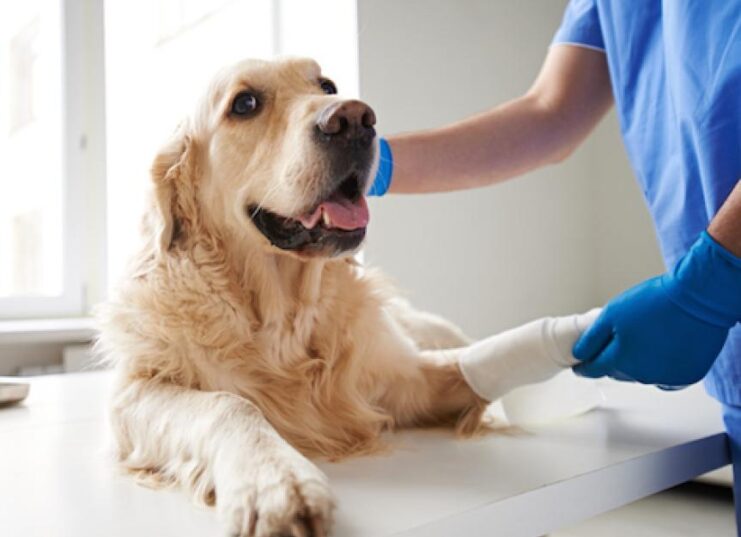
The FDA lists 10 reasons why bones are a bad idea — and we’ll pass them on verbatim:
- Broken teeth. This may call for expensive veterinary dentistry.
- Mouth or tongue injuries. These can be very bloody and messy and may require a trip to see your veterinarian.
- Bone gets looped around your dog’s lower jaw. This can be frightening or painful for your dog and potentially costly to you, as it usually means a trip to see your veterinarian.
- Bone gets stuck in esophagus, the tube that food travels through to reach the stomach. Your dog may gag, trying to bring the bone back up, and will need to see your veterinarian.
- Bone gets stuck in windpipe. This may happen if your dog accidentally inhales a small enough piece of bone. This is an emergency because your dog will have trouble breathing. Get your pet to your veterinarian immediately!
- Bone gets stuck in stomach. It went down just fine, but the bone may be too big to pass out of the stomach and into the intestines. Depending on the bone’s size, your dog may need surgery or upper gastrointestinal endoscopy, a procedure in which your veterinarian uses a long tube with a built-in camera and grabbing tools to try to remove the stuck bone from the stomach.
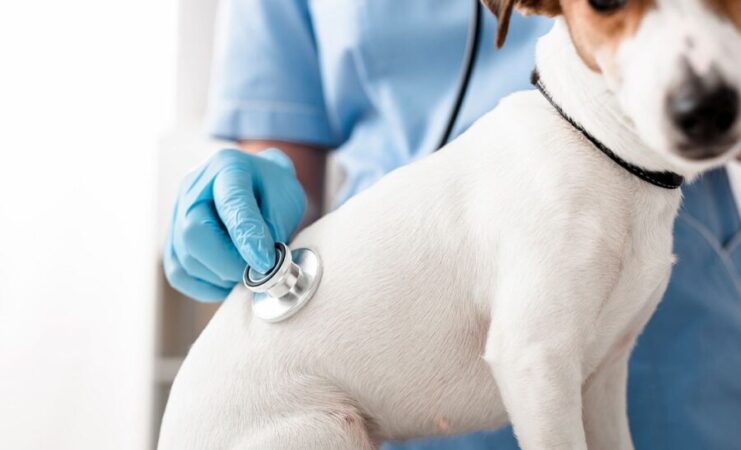
Source: k9ofmine.com - Bone gets stuck in intestines and causes a blockage. It may be time for surgery.
- Constipation due to bone fragments. Your dog may have a hard time passing the bone fragments because they’re very sharp and they scrape the inside of the large intestine or rectum as they move along. This causes severe pain and may require a visit to your veterinarian.
- Severe bleeding from the rectum. This is very messy and can be dangerous. It’s time for a trip to see your veterinarian.
- Peritonitis. This nasty, difficult-to-treat bacterial infection of the abdomen is caused when bone fragments poke holes in your dog’s stomach or intestines. Your dog needs an emergency visit to your veterinarian because peritonitis can kill your dog.
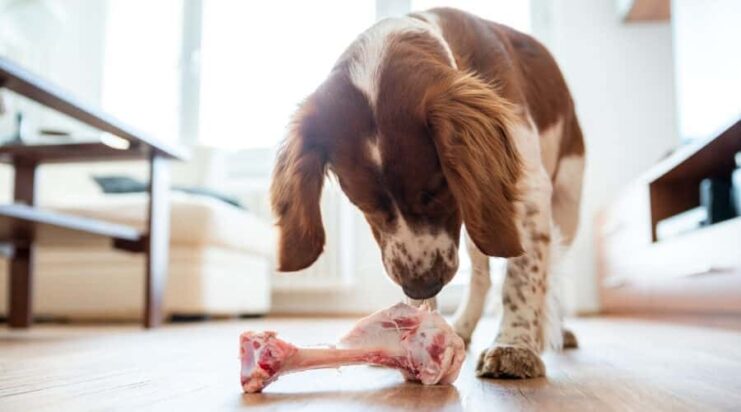
“Always supervise your dog with any chew product, especially one your dog hasn’t had before,” adds Stamper. “And always, if your dog ‘just isn’t acting right,’ call your veterinarian right away!”
We agree with those last two points, at least, but can’t help but wonder if a total bone ban may be a bit over-protective, a bit contrary to the nature and roots of dogs, and one more step in turning dogs into humans.
Most bones are bad — chicken bones, as we all know, in particular. But there are those that, with supervision, I don’t hesitate to give my particular dog, like marrow bones. They can help clean teeth, massage gums and, in my dog’s experience, seem quite safe.
What school are you in when it comes to bones? Do you think some are OK? Do you ban them in your household? Do you have a bone to pick with the FDA? We’d love to hear your thoughts.
